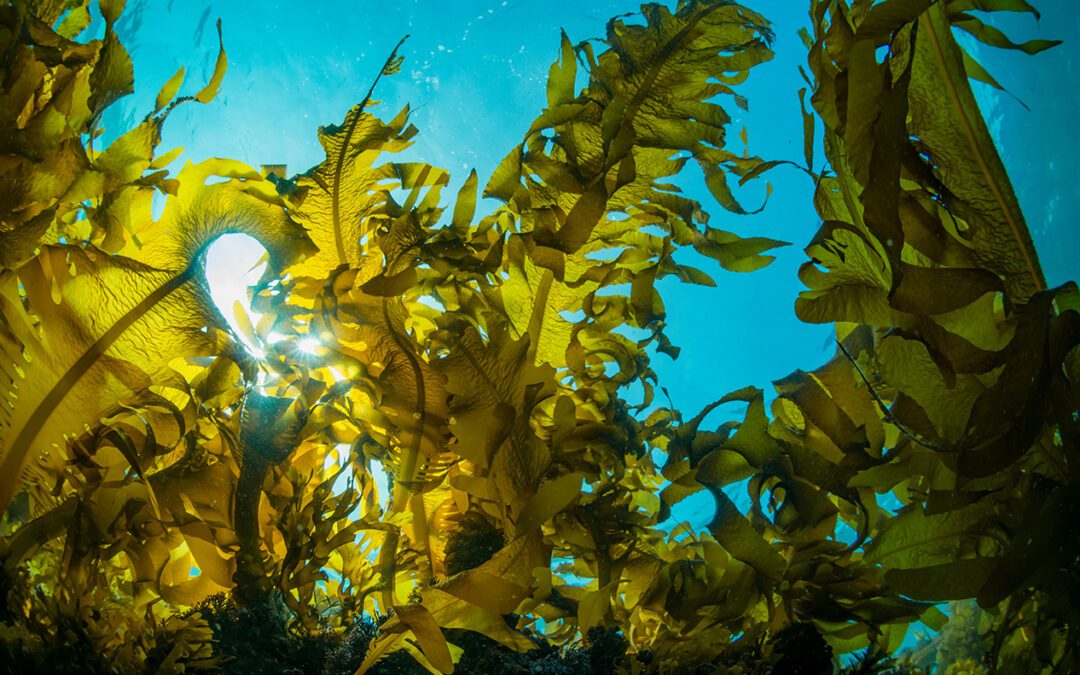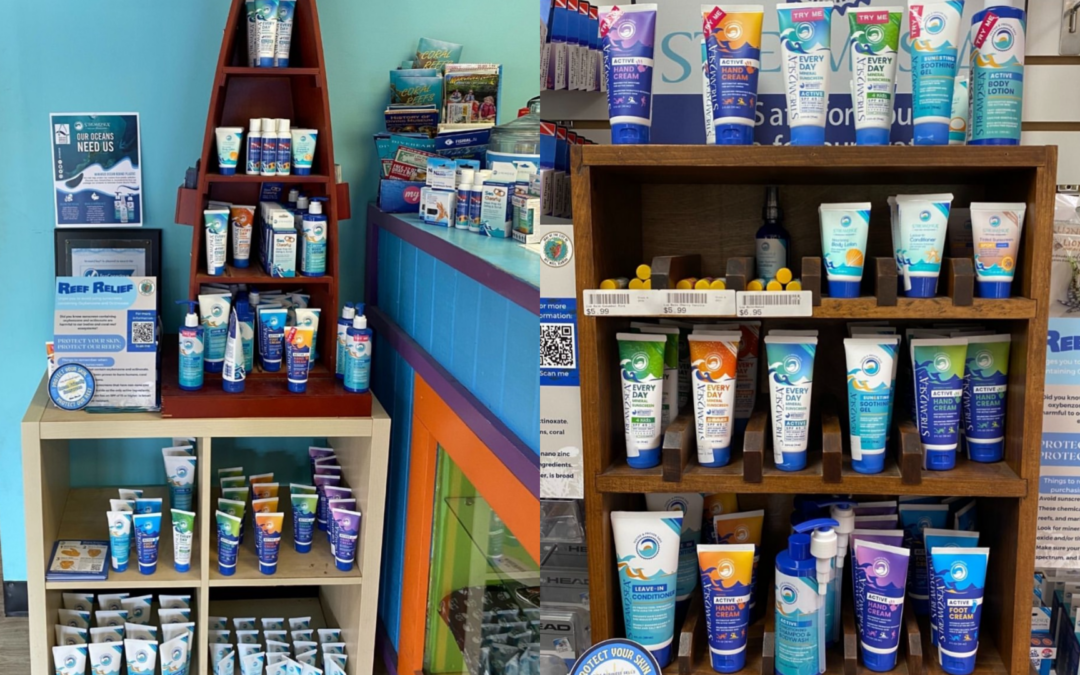When we started to develop Stream2Sea biodegradable products, creating something that would help my thick wavy hair look good after a day underwater was a top priority. I’d tried different things over the years, but the more I learned about reef-safe ingredients, the more concerned I was.
Ingredients like silicone (cylcopentasiloxane and cyclomethicone) are great at protecting hair. Unfortunately, really nasty for both sea life and your body. Not only are they toxic to some sea life, they bio-accumulate. That means if a grouper eats three dozen bait fish that each have eaten a tiny amount of silicone. All that silicone hangs around in the grouper’s system until it’s truly toxic. Someone could catch it and serve it to you on a sandwich – where it now starts to bio-accumulate in your body.
Every ingredient in our leave-in conditioner has been tested to be safe on sea life. So you can actually use it both before and after you get in the water. It’s packed with antioxidants to protect your scalp, nourishing (but safe!) proteins to bring life back to your hair and UV absorbent to protect hair color.
It’s best if you rinse your hair with fresh water before using the conditioner, but not necessary – just don’t put it on dry hair unless you just dab a little on the ends. You’ll be amazed at how easy it is to comb out your hair even after multiple dives. It’s non-greasy, so your hair still has its natural bounce and body. And if you don’t believe me, check out our reviews!
Want to learn more? Check out some of our previous posts!

2024 Year in Review
January: Our long-awaited Water Sport Ear Rinse, manufactured in our FDA-registered factory, hits the market with applause from swimmers and divers who appreciate our all-natural solution to maintaining ear health. February: We begin shipping our all-natural SPF 40...

Hurricane Helene Relief Efforts: Together, We Can Help Rebuild Our Communities
In the wake of Hurricane Helene, our hearts are with the families and communities across Florida and neighbouring states that have been devastated by the storm’s 500-mile path of destruction. With over 100 lives lost and thousands displaced, the effects of this...

Simple Tips for a Sustainable Skincare Routine with Stream2Sea
The new year is a perfect time to rethink your skincare habits and make them more eco-conscious! Small changes can have a big impact on both you and the planet. Here’s how to get started: Seaweed and Sunlight 1. Choose Non-Toxic Ingredients Not all “natural” or...

Support Your Local Business for Small Business Saturday
Today, we want to say a big thank you for supporting a small business with a big mission!